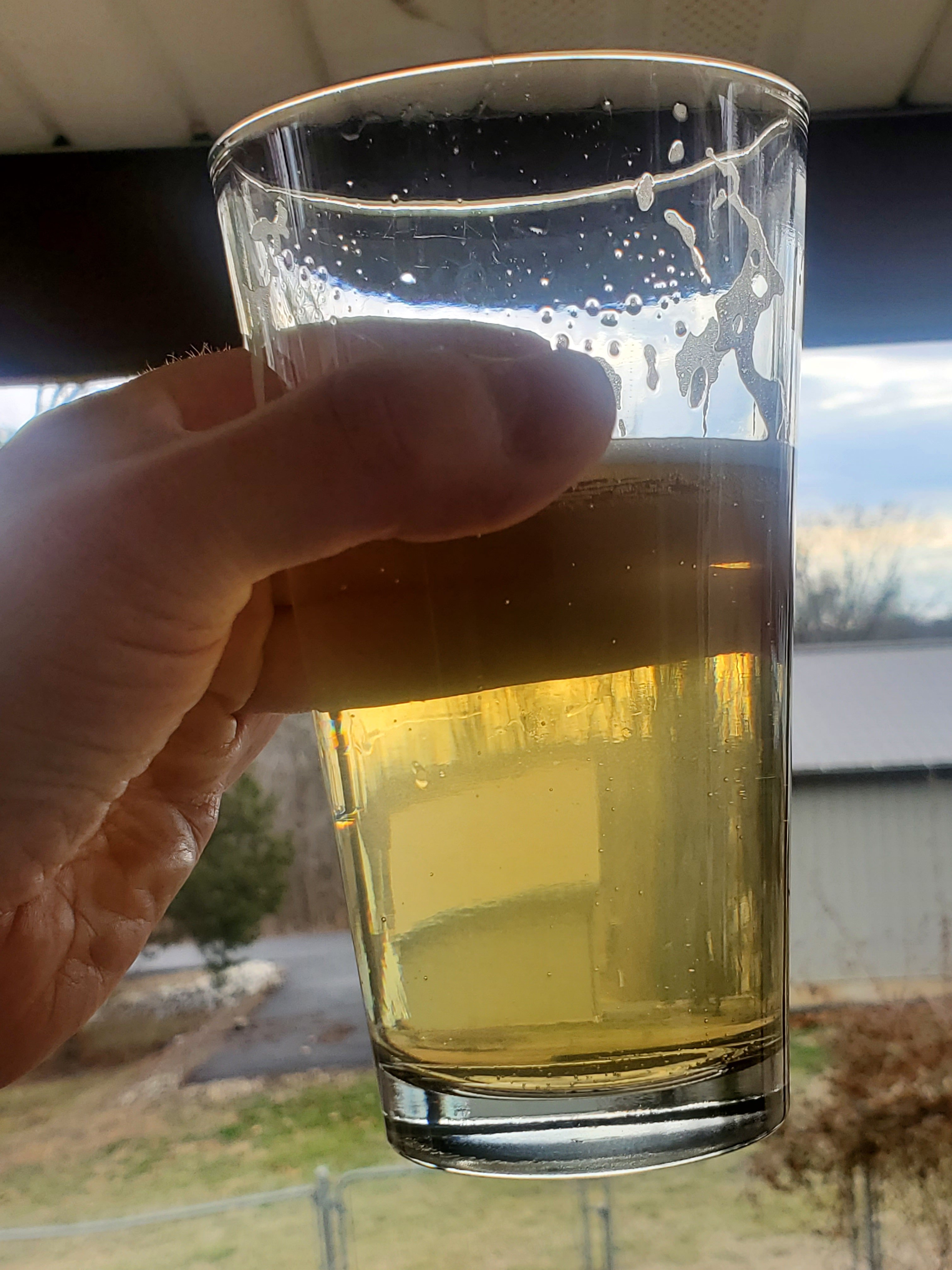I have never brewed mead, and I never tried it until today. I just got back into beer brewing after 16 years off, and I have been sampling new things to find out what's out there. I decided to grab some mead while shopping for beer, and the one I chose is Chaucer's mead.
I know nothing whatsoever about good mead versus bad, but this stuff seems wonderful to me. The last thing I had that was anything like this was a white wine from France. Pomerol something, I believe. Chaucer's is sweeter, and it has some honey flavor, but if someone had put it in front of me and told me it was wine, I would have believed them.
Is it possible to make something similar to this without a lot of hassle? I think this stuff is tremendous.
I know nothing whatsoever about good mead versus bad, but this stuff seems wonderful to me. The last thing I had that was anything like this was a white wine from France. Pomerol something, I believe. Chaucer's is sweeter, and it has some honey flavor, but if someone had put it in front of me and told me it was wine, I would have believed them.
Is it possible to make something similar to this without a lot of hassle? I think this stuff is tremendous.



